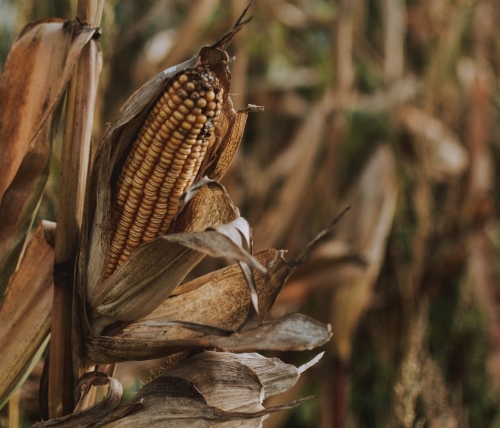The most widespread drought in a decade is taking a toll on U.S. agriculture, reports The Wall Street Journal, causing a division with clear winners and losers.
As of June 27, roughly 65 percent of the Midwest was in at least a moderate drought, according to the U.S. Drought Monitor. The USDA shared that 70 percent of domestic corn production by area, and 63 percent of soybeans, were affected, a leap from the five-year average of 18 percent for corn and 15 percent for soybeans.
“With the drought, we might not even have a crop to sell this year,” said Megan Dwyer, a fourth-generation farmer, at The Wall Street Journal’s recent Global Food Forum event. “We’re already losing yield.”
Higher grain costs from drought can cascade across other areas of the agriculture industry as it becomes more expensive to feed livestock.
On the other hand, farmers not facing drought are likely to receive an income boost, according to Scott Irwin, an agricultural economist at the University of Illinois Urbana-Champaign. Global crop shippers like Cargill and Bunge are also likely to benefit as supply concerns often lead buyers to make advance purchases, notes the news source.
“We don’t see weather volatility getting any better,” said Bunge CFO John Neppl at a May investor conference. “When you have a global platform like we do and you have all the origin-destination combinations that we can put together, that really bodes well for a business like ours.” Full Story (Subscription Required)
Related: Upside Foods Debuts Cultivated Meat in U.S; ICYMI: Top Stories From June

